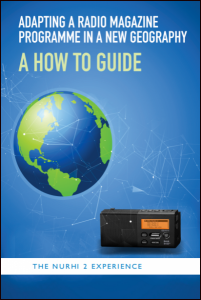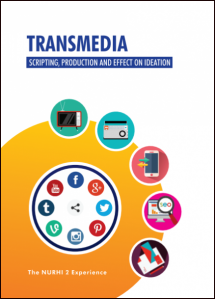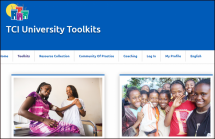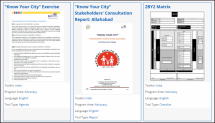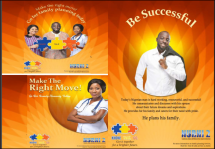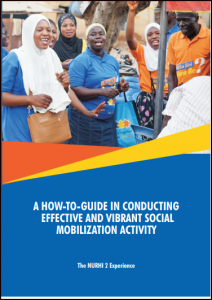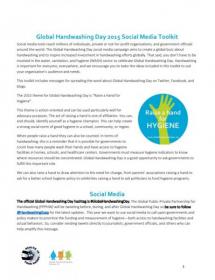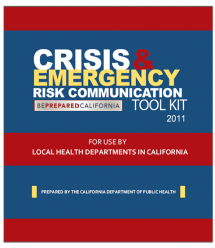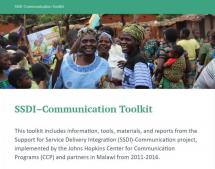Adapting a Radio Magazine Program in a New Geography
This how-to guide is developed for program managers who want to implement radio magazine programs that have been proven to inspire behavior change around family planning.
The original radio programs were developed for specific Nigerian cities and States and are adaptable to other locations which may not be similar to the location and language of the original program. In NURHI 2, a radio magazine programme ‘Ireti Eda’, developed for Oyo was adapted for broadcast in Ogun and Ondo States and was proven successful in changing family planning intention to use in those States.
This was successful because the program manager followed a process of adaptation as highlighted in this how to guide.
Source: NURHI
Date of Publication: August 10, 2020
SIMILIAR RESOURCES
Tools
Examples
- Training on Effective Communication and Facilitation Skills
- COVID-19 Planning Guide for Adapting Risk Communication and Community Engagement as Public Health and Social Measures Shift: With Safety Tips for Conducting Community Meetings
- Economic Empowerment: A Potential Pathway for Women and Girls to Gain Control Over Their Sexual and Reproductive Health
- IPC for Immunization Toolkit
- HIV-Related Stigma and Discrimination Toolkit
- Guide de Formation Conseil Dépistage du VIH au niveau Communautaire: manuel à l'intention du personnel non médical
- African Transformation Toolkit
- Engaging Men and Boys in Gender Equality and Health Toolkit
- Guide to Community Engagement at a Distance
- Program H: Working with Young Men

